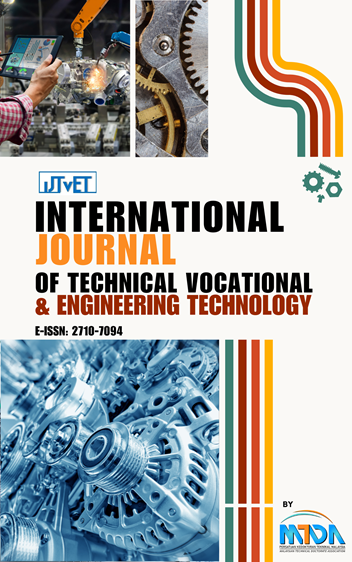Performance And Durability Enhanced Composite Nanomaterial Membrane For Fuel Cell Applications
Keywords:
Fuel Cells, Polybenzimidazole, Graphene OxideAbstract
The proton exchange membrane (PEM) based on polybenzimidazole (PBI) is developing into a promising alternative to Nafion for high-temperature proton exchange membrane fuel cells (HT-PEMFC). While Nafion membranes are effective at atmospheric pressure and low temperatures, their performance deteriorates significantly at temperatures above 80 °C, making them unsuitable for the operation of HT-PEMFCs. PBI membranes, on the other hand, have excellent thermal stability and durability, making them well-suited for high-temperature conditions. However, their relatively low proton conductivity (between 10-15 mS/cm) poses a challenge for efficient HT-PEMFC performance. This study aims to synthesise and investigate the effects of incorporating the ionic liquid 1-butyl-3-methylimidazolium chloride ([BMIM][Cl]) on the physicochemical properties, ionic characteristics, and overall performance of polybenzimidazole/graphene oxide (PBI-GO) composite membranes in HT PEMFCs. The PBI composite membranes were prepared with a fixed weight percentage of 2 wt% graphene oxide (GO) and different concentrations of [BMIM][Cl] (from 1 to 3 wt%) by the solution casting method. The results showed that the composite membrane with 2 wt% [BMIM][Cl] (PBI-GO-[BMIM][Cl] (2 wt%)) exhibited optimal ion morphology distribution and lower acid leaching (about 54% loss after 5 hours). In addition, the PBI-GO-[BMIM][Cl] (2 wt%) membrane showed a significantly improved maximum power density of 128.45 mW cm-² at 160 °C compared to the PBI-GO-[BMIM][Cl] (2 wt%) composite membrane, which showed a maximum power density of only 106.70 mW cm-² at 25 °C. The improved performance of the PBI-GO-[BMIM][Cl] (2 wt%) membrane indicates its potential as a cost-effective and highly efficient material for HT-PEMFC applications. The use of this membrane in fuel cell technology could lead to significant cost savings in maintenance and energy consumption, while contributing to a reduction in carbon monoxide and carbon dioxide emissions, in line with industry targets for sustainable energy solutions.
Downloads
Published
Issue
Section
License
Copyright (c) 2025 International Journal Of Technical Vocational And Engineering Technology

This work is licensed under a Creative Commons Attribution-NonCommercial-ShareAlike 4.0 International License.
The content of The International Journal of Technical Vocational and Engineering Technology (IJTVET) is licensed under a Creative Commons Attribution 4.0 International license (CC BY NC ND 4.0). Authors transfer the ownership of their articles' copyright and publication right to the International Journal of Technical Vocational and Engineering Technology (IJTVET). Permission is granted to the Malaysian Technical Doctorate Association (MTDA) to publish the submitted articles. The authors also permit any third party to freely share the article as long as the original authors and citation information are properly cited.
















